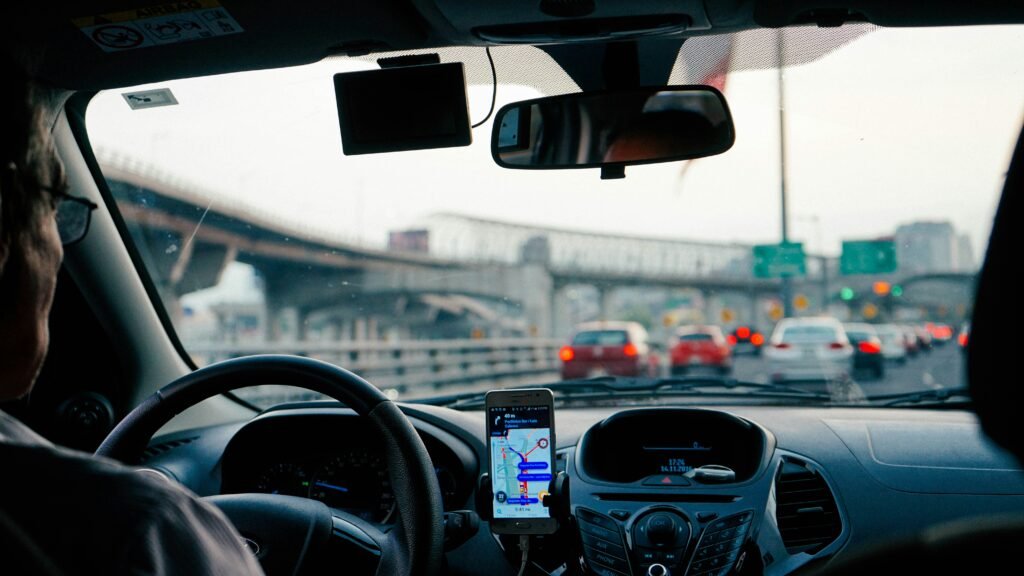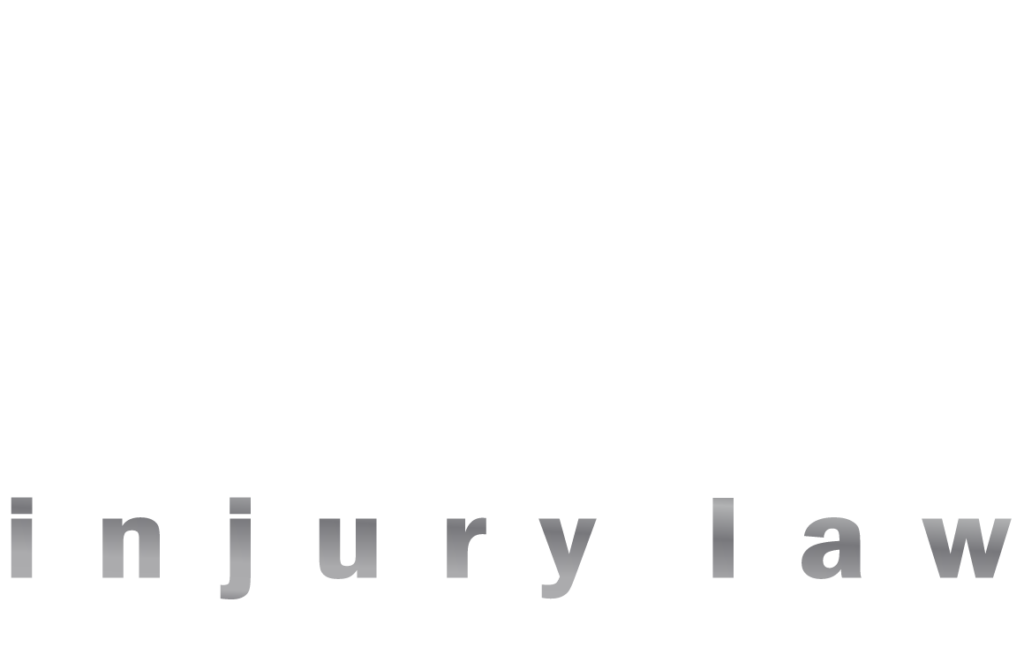The rise in ridesharing services like Uber, Lyft, and other transportation network companies (TNCs) has also led to an increase in Arizona rideshare accidents, raising questions about liability and insurance. Whether you’re commuting in Phoenix or catching a ride from Tucson International Airport, rideshare apps have become a trusted option for transportation. But when accidents happen, understanding your rights as a passenger, pedestrian, or other driver is crucial.
Updated for 2025, this guide explains how rideshare accidents in Arizona work, including how liability is determined, what insurance applies, and what you should do to protect your injury claim.

1. Arizona Rideshare Laws: 2025 Update
Arizona Revised Statutes Title 28 governs transportation network companies and their drivers. Here’s what you should know:
- A TNC driver is considered active once they log into the app and accept ride requests.
- TNCs must carry specific minimum insurance coverage depending on whether the ride is active or pending.
- Drivers must pass criminal background checks and maintain a clean driving record.
- As of 2025, Arizona law continues to hold TNCs responsible for maintaining $1 million in liability coverage while a ride is in progress.
Arizona also requires all drivers, including rideshare contractors, to carry minimum personal liability insurance, but the limits are lower than those mandated for active TNC driving periods.
2. Who Pays After a Rideshare Accident in Arizona?
Liability in Arizona rideshare crashes depends on the status of the rideshare driver:
1. Driver is Logged Off
- The driver’s personal insurance applies.
- Uber or Lyft provides no coverage.
2. Driver is Logged In but Hasn’t Accepted a Ride
- Arizona requires TNCs to provide contingent liability coverage:
- $50,000 per person for bodily injury
- $100,000 per accident total for bodily injury
- $25,000 for property damage
3. Driver Has Accepted a Ride or Is Transporting a Passenger
- The rideshare company must provide $1 million in liability coverage for injuries or death.
- This covers passengers, pedestrians, or occupants of other vehicles.
Understanding where the driver was in the trip process is essential to determining which insurance policy is active.
3. Arizona’s Fault and Negligence Rules
Arizona is an at-fault state when it comes to car accidents. The person (or party) who causes the accident is legally responsible for damages, whether through an insurance claim or a lawsuit.
Arizona also follows a pure comparative negligence rule. This differs from Nevada’s modified system:
- You can recover damages even if you are 99% at fault, though your compensation will be reduced by your percentage of fault.
- For example, if you’re awarded $100,000 but found 40% at fault, you’ll receive $60,000.
This rule frequently comes into play in rideshare injury claims, especially when passengers, pedestrians, or other drivers are involved and blame is shared.
4. Uninsured & Underinsured Drivers in Arizona
Arizona’s minimum auto insurance limits are:
- $25,000 for bodily injury per person
- $50,000 per accident for bodily injury
- $15,000 for property damage
These amounts are often not enough to cover serious injuries or modern vehicle repairs.
If the at-fault driver is uninsured or underinsured, your ability to recover full compensation may depend on:
- Your personal UM/UIM policy
- The rideshare company’s coverage, if you were a rideshare passenger or struck by a rideshare driver
Uber and Lyft both offer uninsured/underinsured motorist coverage, but this may vary by state and policy language. Having an attorney evaluate the insurance policies involved is key.
5. Injured While Riding in Uber or Lyft?
As a rideshare passenger, you’re almost never at fault; however, that doesn’t mean your case is straightforward. In Arizona:
- You may need to file claims with multiple insurers (TNC, other drivers, or your own).
- Uber or Lyft’s $1 million policy generally covers your injuries during the trip.
- Legal representation is often essential to ensure that claims aren’t delayed, denied, or undervalued.
6. What If You’re Hit by a Rideshare Vehicle?
If you’re a pedestrian, cyclist, or in another car, and hit by a rideshare driver:
- If the driver was offline, only their personal insurance applies.
- If they were waiting for a request, limited contingent coverage applies.
- If they were carrying or heading to a passenger, $1 million in liability coverage is usually available.
7. Taxi vs. Rideshare: Who Provides Better Protection?
In Arizona, taxi drivers may be employed or operate under a corporate umbrella, which often affects liability and available insurance. Taxis may carry commercial coverage, but:
- Taxi companies often provide lower insurance limits than rideshare companies.
- Most do not offer UM/UIM coverage, which puts passengers at greater risk when hit by underinsured drivers.
Uber and Lyft, by contrast, generally maintain higher policy limits and some level of UM/UIM protection for active rides.
8. What to Do After a Rideshare Accident in Arizona
Follow these important steps after being in a car accident.
- Call the police and request a report.
- Get medical care immediately—even if you don’t feel hurt.
- Take photos of vehicles, injuries, and the scene.
- Save all rideshare app info, including screenshots of the trip.
- Collect contact info from witnesses, drivers, and other passengers.
- Speak to an Arizona rideshare accident lawyer before accepting a settlement or giving statements.
9. Why You Need an Arizona Rideshare Accident Lawyer in 2025
Rideshare accidents often involve multiple layers of liability, evolving state regulations, and insurance companies eager to reduce payouts.
A qualified personal injury lawyer in Arizona can help you:
- Investigate the accident and determine liability
- Identify which insurance policies apply
- Handle comparative negligence claims
- Fight for fair compensation for medical bills, lost income, and pain and suffering
Don’t leave your case in the hands of insurance companies. At Hale Injury Law, we help victims of rideshare accidents across Arizona understand their rights, maximize their recovery, and navigate every legal roadblock.
Contact us for a free consultation today. We’ll help you take the next step toward justice and recovery. Updated for 2025 and beyond.
